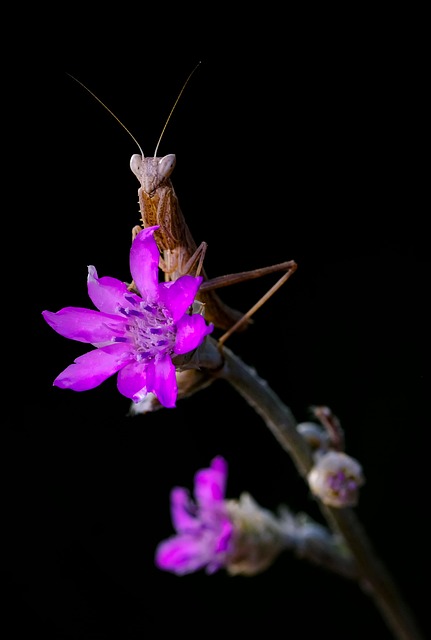Understanding pest behaviors is crucial for effective bug extermination. Common pests like ants, termites, rodents, and insects have distinct colony structures and habits that make them challenging to control. Professional bug exterminators identify these unique challenges using specialized tools and tailored strategies. Regular inspections are key to early detection and preventing infestations from escalating. When persistent issues arise, contact a professional for safe, effective bug control. Homeowners can opt for eco-friendly methods recommended by bug exterminators for long-lasting results. Preventing future infestations involves regular cleaning, sanitation, sealing entry points, and using pest control products designed by bug exterminators. Pest activity varies with the seasons, requiring proactive measures during peak times. Choosing the right bug exterminator is vital, with research and references ensuring their effectiveness for complex infestations.
Are bugs invading your space? Don’t panic! Understanding bug infestations and knowing when to call a bug exterminator is key to regaining control. This comprehensive guide tackles everything from identifying common pests and their behaviors to safe treatment methods for homeowners. We explore professional services, prevention tips, seasonal considerations, and debunk common misconceptions about bug exterminators. Learn how to choose the right expert for your property and reclaim a pest-free environment.
Understanding Bug Infestations: Common Pests and Their Behaviors

Understanding Bug Infestations is the first step in effective bug extermination. Common pests like ants, termites, rodents, and insects can quickly turn into relentless invaders if left unchecked. These bugs have distinct behaviors that make them challenging to control. For instance, ants form complex colonies with a queen, worker ants, and soldiers, each playing a specific role in the colony’s survival and expansion. Termites, often mistaken for ants, live in large colonies and are known for their silent destruction of wooden structures. Rodents, including rats and mice, are elusive creatures that can squeeze into tiny spaces, causing damage to property while seeking food and shelter.
Identifying these behaviors is crucial when dealing with a bug infestation. A professional bug exterminator understands the unique challenges each pest poses. They employ tailored strategies using advanced tools and chemicals to target specific pests effectively. Regular inspections are vital in early detection, preventing infestations from escalating and ensuring efficient and swift bug extermination.
When to Call a Bug Exterminator: Signs of an Infestation
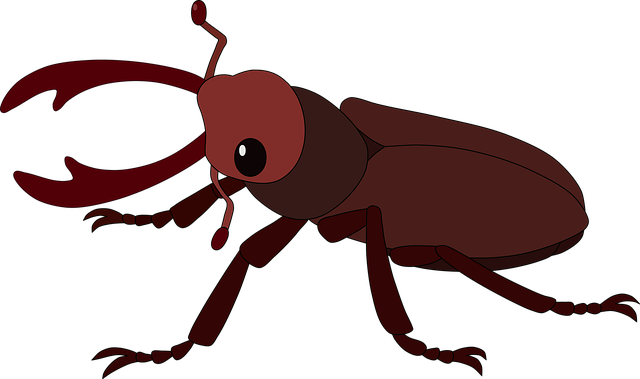
If you’re noticing signs of a bug infestation that extend beyond mere occasional pests, it may be time to call in a bug exterminator. Professional pest control services are equipped to handle even the most persistent and hard-to-reach infestations. Look out for telltale signs such as unusual noises (scurrying, clicking, or buzzing) coming from walls, attics, or other hidden spaces. You might also spot small holes in fabric, curtains, or furniture, which could indicate the presence of rodents or insects.
Other red flags include unexpected smells, like a musty odor or a sweet, pungent scent, which could be associated with certain types of pests. Regularly check for unusual stains on bedding, walls, or floors, as these could be signs of bug activity. If over-the-counter measures aren’t effectively controlling the infestation, don’t hesitate to reach out to a bug exterminator for expert assistance.
Safe and Effective Treatment Methods for Homeowners
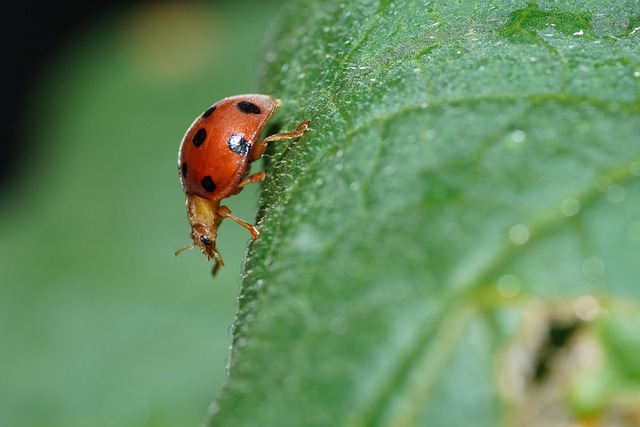
When dealing with a bug infestation, homeowners often seek safe and effective treatment methods to rid their spaces of unwanted pests. The good news is that there are numerous options available today that balance potency with safety, ensuring minimal risk to both inhabitants and the environment. One popular and reliable approach involves enlisting the services of a qualified bug exterminator. These professionals employ advanced techniques and products designed specifically for pest control, addressing the root cause of the infestation while minimizing collateral damage.
Integral to many effective treatments is the use of eco-friendly ingredients that target specific pests without harming beneficial insects or leaving harmful residues behind. This shift towards greener solutions has made bug extermination more accessible and appealing to environmentally conscious homeowners. Additionally, modern methods often include preventive measures, such as sealing entry points and implementing sanitation practices, ensuring long-lasting results and preventing future infestations.
Professional Bug Extermination Services: What to Expect
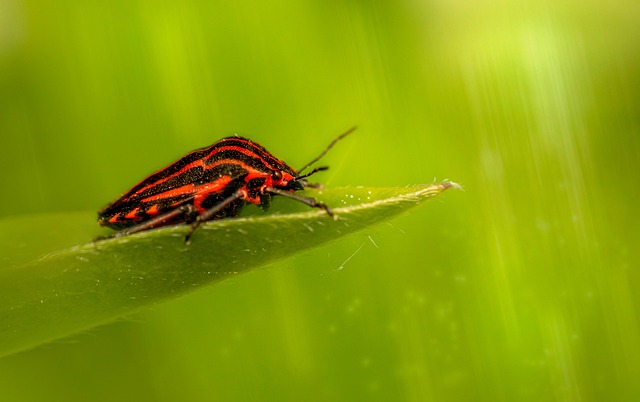
When dealing with a severe bug infestation, it’s often best to call in professional help from a reputable bug exterminator. These services offer specialised knowledge and equipment that homeowners may not have access to. Upon arrival, the bug exterminator will perform an thorough inspection of your property to identify the type of bugs present and determine the extent of the infestation. They’ll then create a tailored plan, using safe and effective treatments, to eliminate the pests from your home or business.
During the treatment process, you can expect the exterminators to don protective gear, as some chemicals may be hazardous. They’ll apply targeted treatments in areas where bugs are most active, focusing on entry points, cracks, and crevices. After the initial treatment, regular follow-up visits may be scheduled to ensure the bug population is fully under control and to prevent future infestations.
Preventing Future Infestations: Tips from Bug Experts
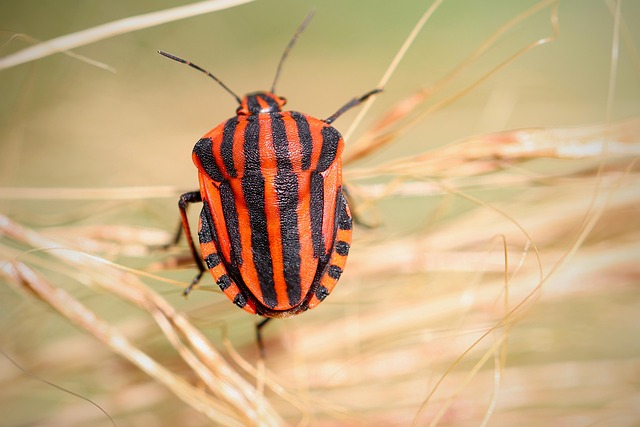
Preventing future infestations is a key step in maintaining a bug-free environment, and experts recommend a multi-pronged approach. Regular cleaning and sanitation are crucial; eliminating food sources and water access points can significantly deter pests. Sealing entry points like cracks and gaps around doors and windows acts as a physical barrier, preventing bugs from entering. Additionally, using pest control products specifically designed by bug exterminators can offer long-lasting protection. These measures create an inhospitable environment for insects, reducing the likelihood of repeat infestations.
Proactive behavior is another vital aspect of prevention. Keeping your living space tidy, storing food in airtight containers, and promptly addressing any visible signs of bugs can go a long way. Seasonal changes also play a role; ensuring that fallen leaves or debris are removed regularly during autumn can help avoid springtime pest resurgence. By combining these strategies, homeowners can effectively safeguard their spaces from unwelcome insect visitors.
Dealing with Pests in Different Seasons
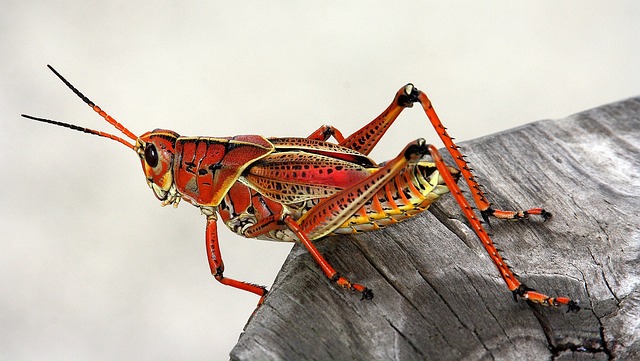
Dealing with pests is a year-round concern, but their activity and presence can vary significantly across seasons. Spring and summer are typically peak times for bug infestations as many species become more active after winter dormancy. This is when you’re most likely to need a bug exterminator to address issues like ants, mosquitoes, ticks, and rodents. During these months, regular inspections and proactive measures can help prevent invasions.
In contrast, fall and winter offer some respite from common pests but don’t entirely eliminate the risk. Some insects, such as cockroaches and spiders, tend to seek warmer indoor environments during colder weather. Proper sealing of entry points and maintaining a clean living space becomes even more critical in these seasons to deter pest activity.
Common Misconceptions About Bug Exterminators Debunked
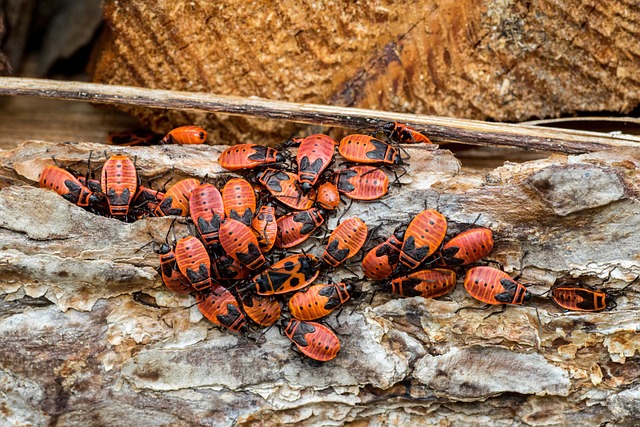
Many people hold onto misconceptions about bug exterminators and the services they provide. One common belief is that calling an exterminator is a sign of weakness or poor housekeeping. However, this couldn’t be further from the truth. Bug exterminators are professionals equipped with specialized knowledge and tools to address infestations effectively. They understand the behavior and habits of various pests, enabling them to implement tailored strategies for prevention and control.
Another misconception is that exterminator treatments are harmful to human health and the environment. While it’s true that some pesticides can be dangerous if misused, modern bug exterminators prioritize eco-friendly and safe methods. They employ advanced technologies and less toxic solutions, ensuring minimal risk to residents and pets while effectively ridding homes of unwanted insects.
Choosing the Right Exterminator for Your Property
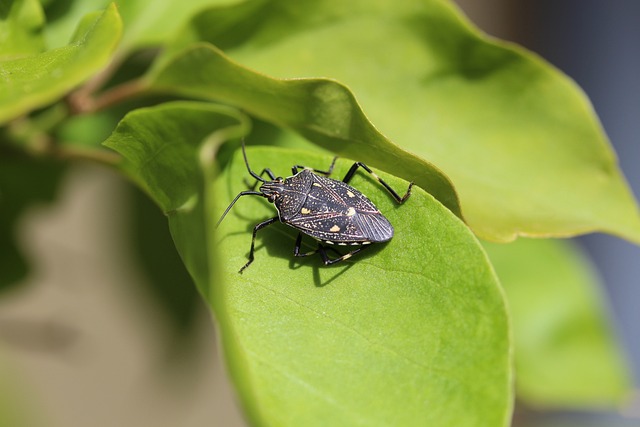
When dealing with a bug infestation, selecting the right bug exterminator is a crucial first step. Not all pest control companies are created equal, and finding one that’s experienced in handling your specific type of infestation is essential. Research local exterminators, check their reviews, and ask for references to ensure they have a proven track record. Look for professionals who use environmentally friendly methods when possible, especially if you have pets or young children at home.
Consider the extent of your bug problem as well. For minor infestations, a general pest control service might suffice. However, for larger or more complex issues, such as termite infestations or bed bugs, opt for exterminators specializing in those particular pests. Specialized knowledge and equipment are often required to address these challenges effectively.
